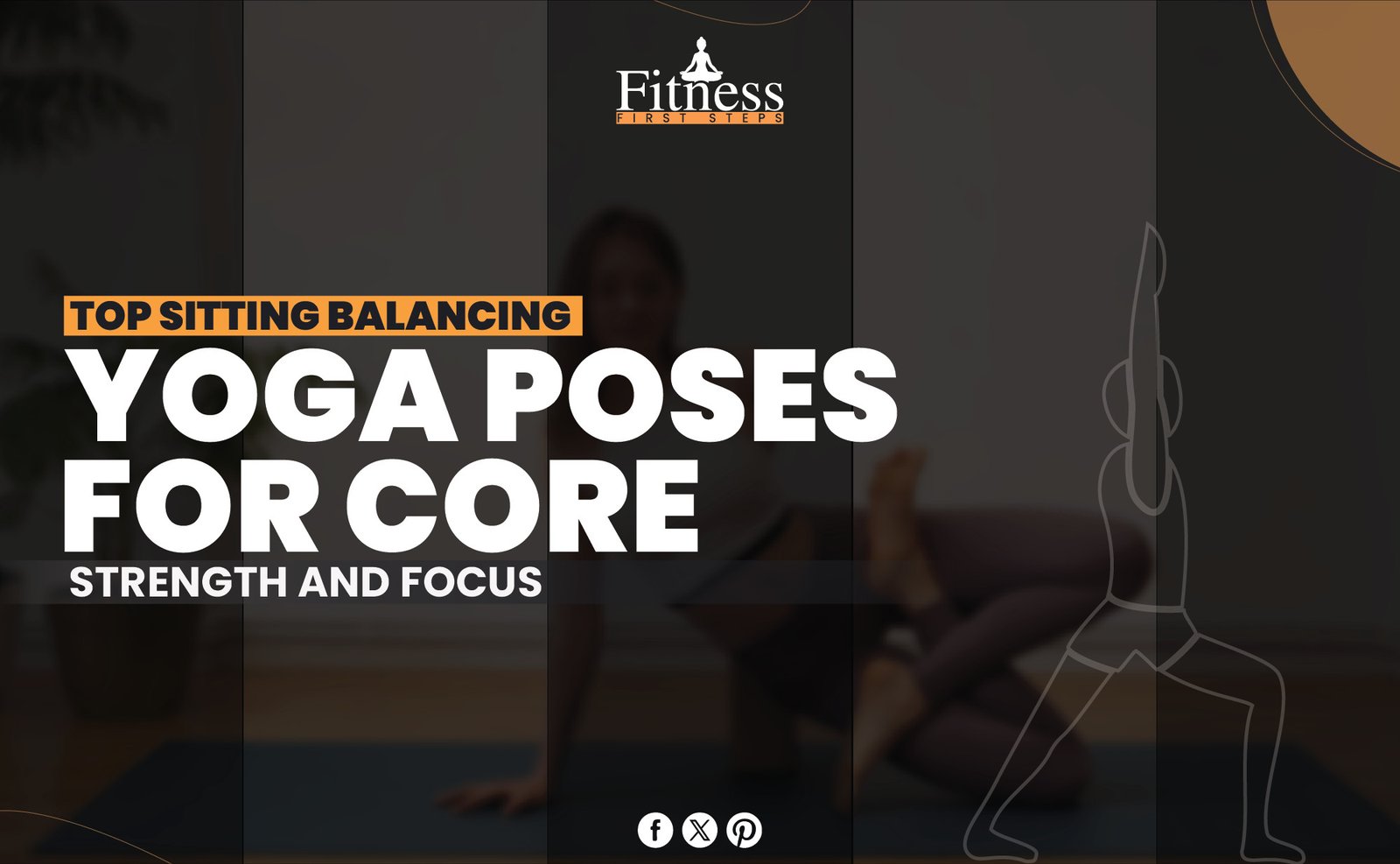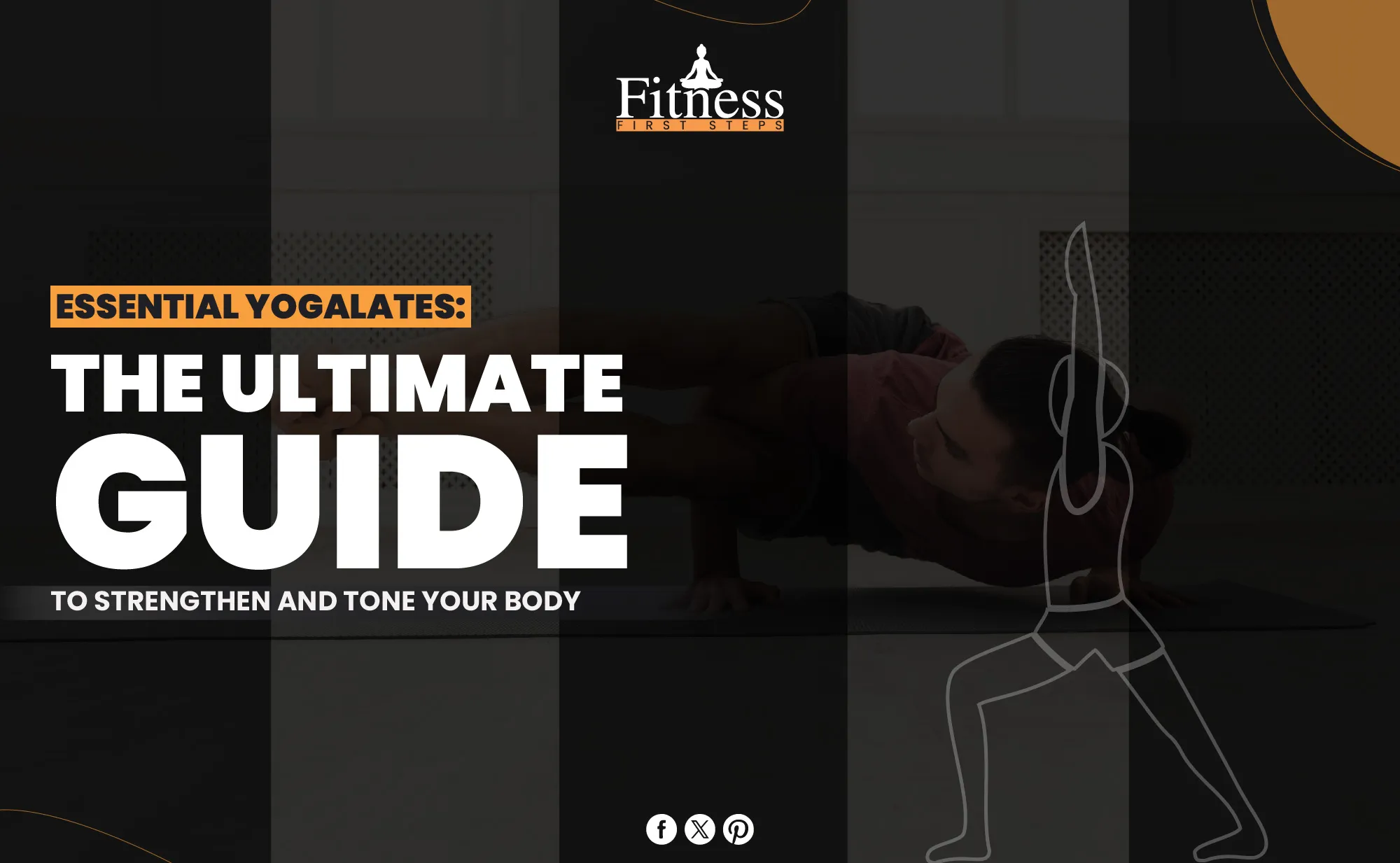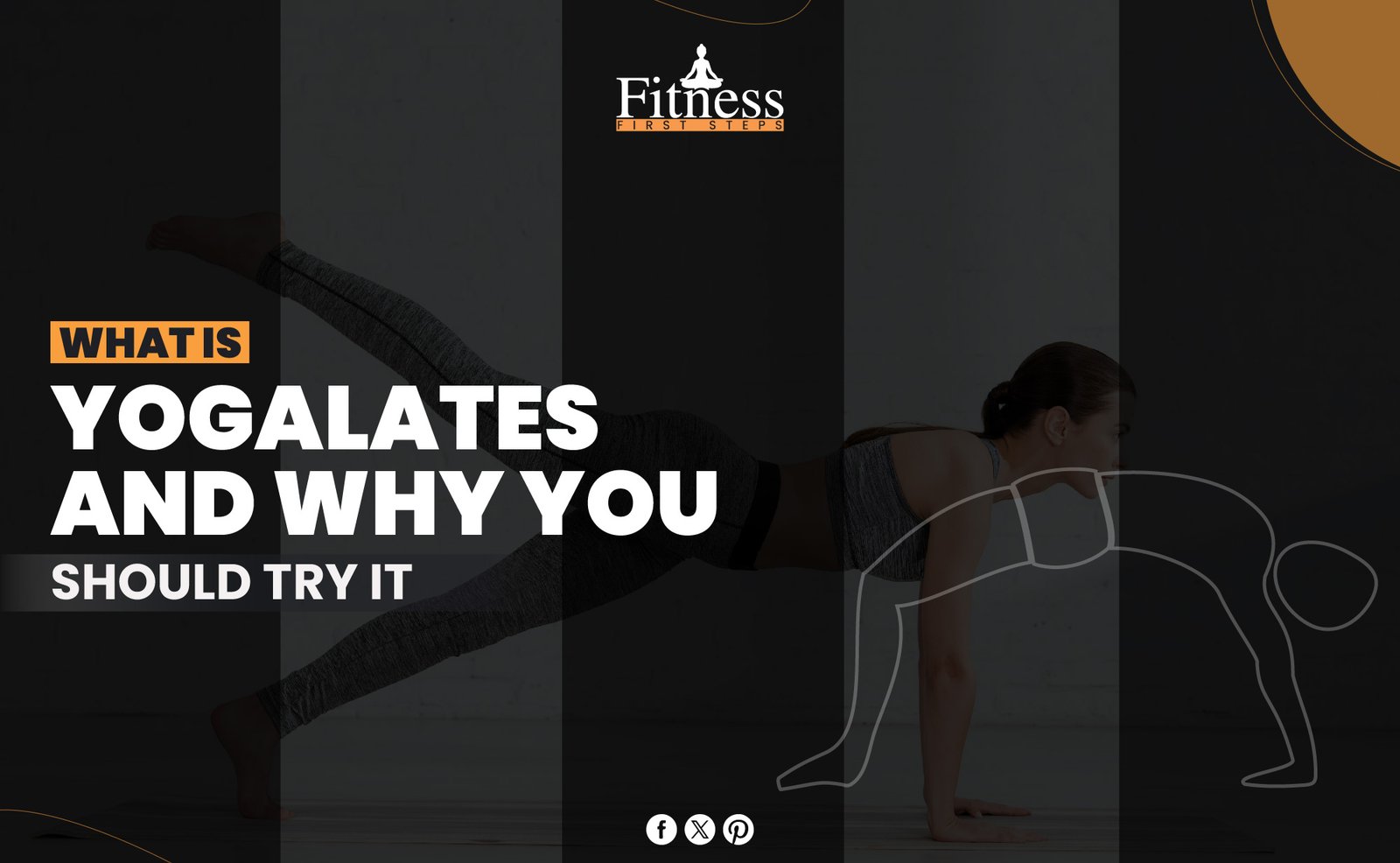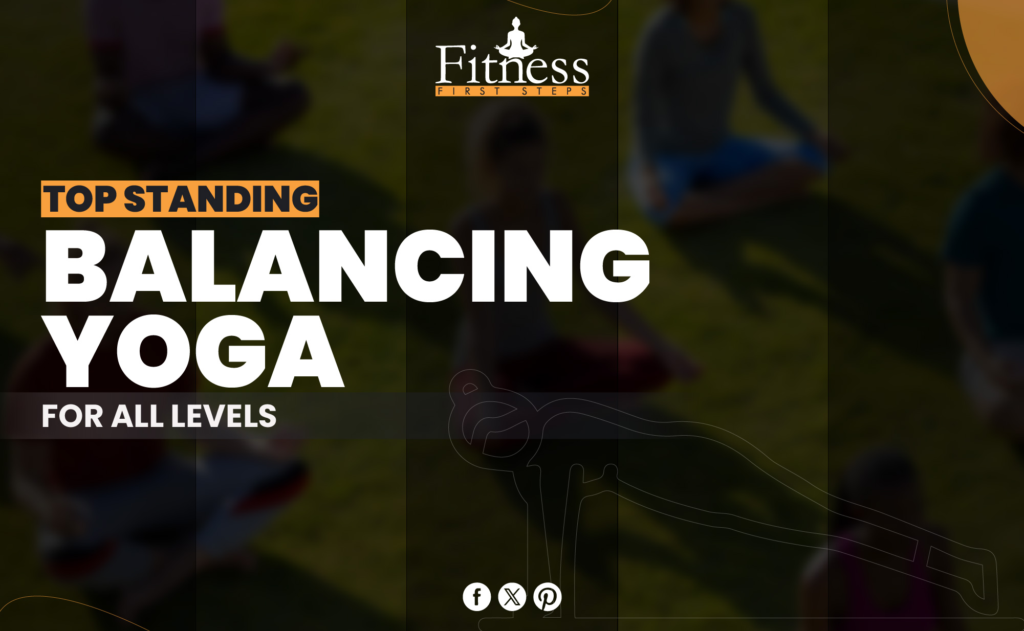Introduction
New parenthood is thrilling and exhausting. Physical and emotional changes temper the joy of a new life. Relaxing postnatal yoga helps new mothers adapt. Why is postnatal yoga essential?
Postnatal yoga helps new mothers recover and regain strength and flexibility. Gentle movements, breath control, and mindfulness improve body and mind. This practice improves neonatal connection, mental health, and physical recovery.
Benefits of Postnatal Yoga
Physical Benefits
- Strengthens Core Muscles: A weak core might result from pregnancy and delivery. Postnatal yoga rebuilds strength for stability and back pain relief.
- Improves Posture: Your balance often gets terrible when you carry and nurse a baby. Yoga can fix these errors.
- Increases Flexibility: Gentle stretching can help loosen tight muscles and make you more flexible, making daily jobs more accessible.
- Boosts Circulation: Postnatal yoga can help you heal faster and feel better generally by improving your blood flow.
- Alleviates Aches and Pains: Some yoga poses can help with joint aches and pains after birth, such as shoulder and lower back pain.
Mental and Emotional Benefits
- Reduces Stress and Anxiety: Mindfulness is a part of yoga that helps calm the mind and lowers worry and anxiety.
- Enhances Mood: Mixing breathing exercises with exercise can increase hormones, which makes you feel better overall.
- Promotes Better Sleep: Regular yoga practice can help you sleep better, which is excellent for new moms with trouble getting enough rest.
- Increases Self-Awareness: New moms who do postnatal yoga are more likely to listen to their bodies, which can help them feel more self-aware and in balance.
- Facilitates Emotional Bonding: Yoga with babies can help strengthen the mental bond between mother and child, leading to better emotional ties.
Social Benefits
- Community Building: By taking a postnatal yoga class, you can meet other new moms and build a support network.
- Shared Experiences: Talking to people going through the same things can help you feel better and advise you.
- Encourages Social Interaction: Group yoga classes are an excellent way for new moms to meet other people and make friends, which can help them feel less alone.
- Peer Support: Having a group of new moms nearby can be beneficial because they can share tips, resources, and words of encouragement.
- Learning Opportunities: Group lessons often have teaching parts that help new moms learn more about their bodies and how to heal after giving birth.
Getting Started with Postnatal Yoga
When to Start
It usually is okay to begin postnatal yoga six weeks after a vaginal delivery and eight weeks after a C-section; nevertheless, it is essential to seek the go-ahead from your healthcare physician before beginning the practice.
Consulting with a Healthcare Provider
Before beginning any new workout routine, you should always contact your physician. They can provide individualized guidance based on your medical history and rehabilitation progress.
Finding a Suitable Class or Instructor
Examine the availability of qualified yoga teachers who are experts in postnatal yoga. Many studios provide programs mainly designed for new moms. There is a wealth of online information if you cannot physically attend a class.
Essential Postnatal Yoga Poses
Tadasana (Mountain Pose)
This fundamental stance improves posture and balance. Maintain a standing position with your feet together, your arms at your sides, and your core engaged. Concentrate on taking long, deep breaths while extending your spine.
Marjaryasana/Bitilasana (Cat-Cow Pose)
This rhythmic movement between two positions stretches and strengthens the spine. When you begin, you should be on all fours. Alternate between rounding your back (Cat) and arching your back (Cow).
Adho Mukha Svanasana (Downward-Facing Dog)
This position is fantastic for stretching out the whole body. To create an inverted V shape with your body, begin by getting down on all fours and lifting your hips toward the ceiling.
Bhujangasana (Cobra Pose)
Holding this stance may strengthen the back muscles. Lay on your stomach, put your hands behind your shoulders, and raise your chest slightly off the ground.
Balasana (Child’s and Pose)
This vital position delivers a mild stretch to the hips and back joints. Assume kneeling, relax your back on your heels, and extend your arms forward while placing your forehead on the ground.
Breathing Techniques in Postnatal Yoga
Diaphragmatic Breathing
This method includes taking deep breaths, activating the diaphragm, promoting relaxation, and reducing tension.
Ujjayi Pranayama (Victorious Breath)
A method of breathing that makes a gentle sound by gently restricting the throat and breathing in and out via the nose. This technique provides a relaxing effect.
Nadi Shodhana (Alternate Nostril Breathing)
Engaging in this exercise may balance the nervous system and relax the mind. Create a rhythmic pattern by breathing in and out of each nostril alternatingly.
Mindfulness and Meditation in Postnatal Yoga
Importance of Mindfulness
Mindfulness helps new moms remain present, reducing stress and strengthening their connection with their children.
Simple Meditation Practices
You should begin with only a few minutes every day. Maintain your attention on breathing, let go of any distractions, and bring your mind back to the moment it wanders.
Guided Meditation Resources
There is a plethora of software applications and internet services that provide guided meditations that are tailored exclusively for new moms.
Incorporating Baby into Your Yoga Routine
Benefits of Yoga with Baby
Together, you and your infant may build your link through yoga, providing a mild form of exercise for the two of you.
Simple Mom and Baby Yoga Poses
- Baby Cobra: Place your child on your chest and do a soft Cobra pose.
- Baby Bridge: Place your child on your hips and lift your body into a Bridge pose.
Tips for Practicing Yoga with Your Baby
- Timing: Select a time when your child is calm and complete.
- Patience: Change your routine sometimes; it’s okay if things are unplanned.
Postnatal Yoga for Core Strengthening
Importance of Core Strength Postpartum
Postpartum back discomfort may be alleviated by having a solid core supporting the rest of the body.
Safe Core Exercises
- Pelvic Tilts: Tilt your hips up a little while lying on your back with your knees bent.
- Modified Planks: Start on your knees instead of your toes to avoid pain.
Poses to Avoid
DoDon’tmovesike full plank or deep backbends to keep your stomach flat.
Pelvic Floor Health in Postnatal Yoga
Understanding the Pelvic Floor
In addition to the uterus, they don’t have bowels supported by the pelvic floor. Birthing may weaken these muscles.
Yoga Poses for Pelvic Floor Strength
- Bridge Pose: makes the core and pelvic floor stronger.
- Kegels: To strengthen the pelvic floor, do Kegel movements as part of your yoga routine.
Signs You Need Professional Help
Consult a healthcare physician if you are experiencing discomfort or incontinence to discuss your options.
Yoga for Postpartum Mood Disorders
Understanding Postpartum Mood Disorders
Both anxiety and postpartum depression are typical disorders that may afflict new moms, and both of these diseases are dangerous.
How Yoga Can Help
Yoga can provide relaxation, stress reduction, and a rise in the production of hormones that improve mood.
Poses and Practices for Mental Health
- Legs Up the Wall: A pose that helps heal and calm the mind.
- Savasana (Corpse Pose): Relax entirely at the end of your practice.
Creating a Postnatal Yoga Routine
Setting Realistic Goals
Beginning with a short period and progressively increasing the intensity of your practice is a good strategy.
Structuring Your Practice
Your regimen should consist of a variety of positions, including stretching, strengthening, and relaxing.
Staying Consistent
Determine a convenient time for you to practice consistently, even if it is just for a few minutes each day.
Nutrition and Hydration Tips for Postnatal Wellness
Importance of Nutrition Postpartum
A healthy diet helps you recuperate and gives you the energy to care for your kid.
Hydration Tips for New Mothers
If you are nursing, you must drink a lot of water.
Foods to Include in Your Diet
Incorporate a wide range of fruits, vegetables, whole cereals, and proteins that are low in fat.
Common Challenges and How to Overcome Them
Time Management
Find brief yoga practices that are reasonable and that can be incorporated into your routine.
Physical Limitations
Pay attention to what your body tells you, and try not to overpush yourself.
Lack of Motivation
In addition to setting short, attainable objectives, you should remind yourself of the rewards.
Success Stories and Testimonials
Real-life Experiences of Postnatal Yoga Practitioners
Hearing about the positive effects that postnatal yoga has had on other new moms may be pretty motivating.
Inspirational Stories
Stories of people who have recovered and grown might motivate you to continue practicing.
Conclusion
Postnatal yoga is an easy but effective way to heal physically and mentally after giving birth. By adding yoga to your routine, you can get stronger, feel less stressed, and connect more deeply with your baby. Remember to pay attention to your body, talk to your doctors, and enjoy the journey of motherhood with the help of postnatal yoga.
